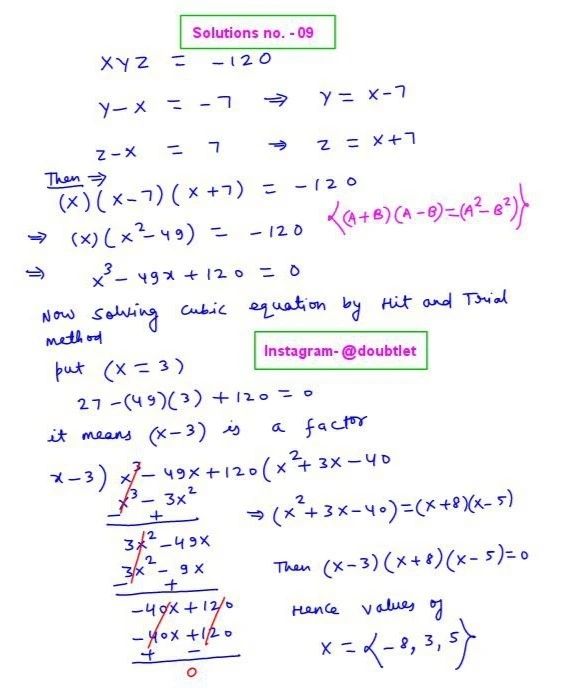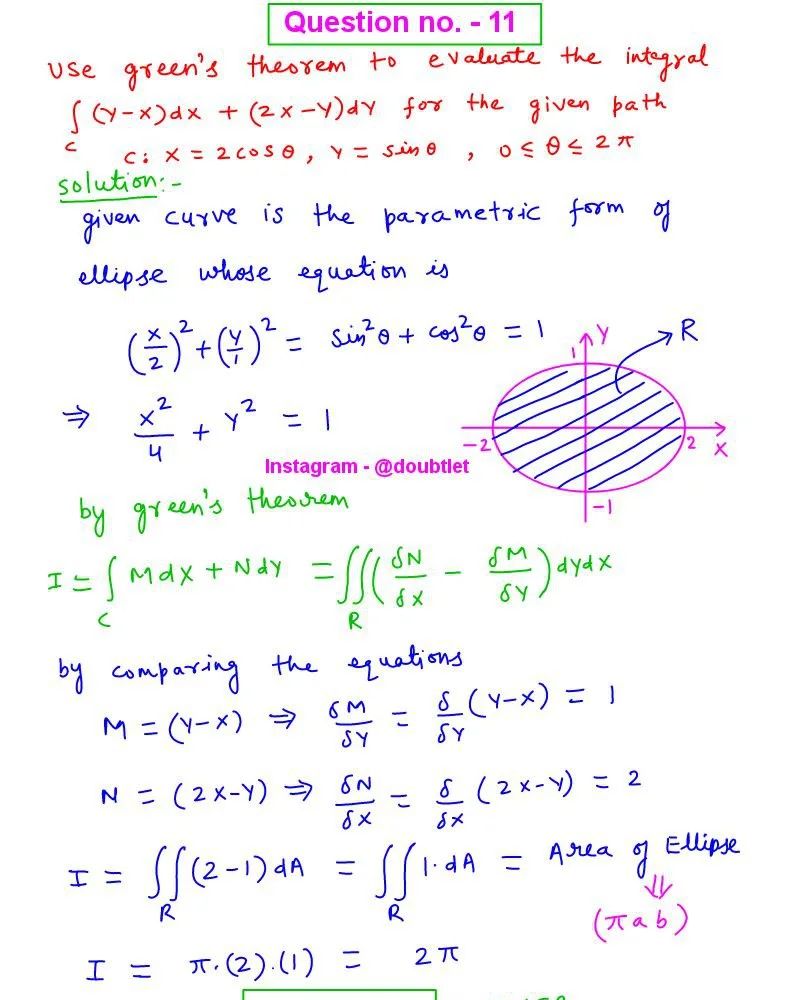









Hyperbola Formula Sheet
This page will help you to revise formulas and concepts of Hyperbola instantly for various exams.- Home
- Formula-Sheet
- Hyperbola
A hyperbola is a type of conic section formed by intersecting a double cone with a plane in such a way that the plane does not intersect the base of the cone. It consists of two disconnected curves called branches that are mirror images of each other.
Neetesh Kumar | June 25, 2024
Share this Page on:
![]()
![]()
![]()
![]()
![]()
- 1. Standard Equation & Definition(s)
- 2. Conjugate Hyperbola
- 3. Rectangular or Equilateral Hyperbola
- 4. Auxiliary Circle
- 5. Position of a Point w.r.t. A Hyperbola
- 6. Line and a Hyperbola
- 7. Tangent to the Hyperbola
- 8. Normal to the Hyperbola
- 9. Director Circle
- 10. Chord of Contact
- 11. Pair of Tangents
- 12. Equation of Chord with Mid Point
- 13. Asymptotes
- 14. Rectangular Hyperbola
- 15. Important Highlights
1. Standard Equation & Definition(s):
The Hyperbola is a conic whose eccentricity is greater than unity ().
The standard equation of the hyperbola is:
or
(a) Foci: S = (ae, 0) & S' = (-ae, 0).
(b) Equations of directrices: .
(c) Vertices: A = (a, 0) & A' = (-a, 0).
(d) Latus rectum:
- Equation:
- Length:
- Ends:
(e) Axes:
- Transverse Axis: The line segment of length in which the foci and both lie.
- Conjugate Axis: The line segment between the two points & .
(f) Focal Property: The difference of the focal distances of any point on the hyperbola is constant and equal to the transverse axis i.e., . The distance .
(g) Focal distance: Distance of any point on hyperbola from foci PS = ex - a & PS' = ex + a.
2. Conjugate Hyperbola:
Two hyperbolas such that the transverse & conjugate axis of one hyperbola are respectively the conjugate & the transverse axis of the other are called Conjugate Hyperbolas of each other.
For example:
are conjugate hyperbolas of each other.
Note:
- If and are the eccentricities of the hyperbola & its conjugate then .
- The foci of a hyperbola and its conjugate are concyclic and form the vertices of a square.
- Two hyperbolas are said to be similar if they have the same eccentricity.
3. Rectangular or Equilateral Hyperbola:
The particular kind of hyperbola in which the lengths of the transverse & conjugate axis are equal is called an Equilateral Hyperbola.
- The eccentricity of the rectangular hyperbola is and the length of its latus rectum is equal to its transverse or conjugate axis.
4. Auxiliary Circle:
A circle drawn with center & transverse axis as a diameter is called the Auxiliary Circle of the hyperbola.
Equation of the auxiliary circle is .
5. Position of a Point 'P' w.r.t. A Hyperbola:
The quantity is positive, zero, or negative according as the point lies within, upon, or outside the curve.
6. Line and a Hyperbola:
The straight line is a secant, a tangent, or passes outside the hyperbola according as .
Equation of a chord: at points & .
7. Tangent to the Hyperbola:
(a) Point form: Equation of the tangent to the given hyperbola at the point is
(b) Slope form: The equation of tangents of slope to the given hyperbola is Point of contact are .
(c) Parametric form: Equation of the tangent to the given hyperbola at the point is
8. Normal to the Hyperbola:
(a) Point form: Equation of the normal to the given hyperbola at the point on it is
(b) Slope form: The equation of normal of slope to the given hyperbola is
(c) Parametric form: The equation of the normal at the point to the given hyperbola is
9. Director Circle:
The locus of the intersection of tangents which are at right angles is known as the Director Circle of the hyperbola.
Equation to the director circle is .
10. Chord of Contact:
If and be the tangents from point to the Hyperbola , then the equation of the chord of contact is or at .
11. Pair of Tangents:
If be any point lying outside the Hyperbola and a pair of tangents and can be drawn to it from , then the equation of the pair of tangents is where
12. Equation of Chord with Mid Point ():
The equation of the chord of the ellipse , whose mid-point is is where
13. Asymptotes:
Definition: If the length of the perpendicular dropped from a point on a hyperbola to a straight line tends to zero as the point on the hyperbola moves to infinity along the hyperbola, then the straight line is called the Asymptote of the Hyperbola.
Combined equation of asymptotes:
14. Rectangular Hyperbola:
Equation: with parametric representation .
Equation of a chord joining the points & : with slope .
Equation of the tangent at : at is .
Equation of normal:
Chord with a given middle point as :
15. Important Highlights:
- The tangent and normal at any point of a hyperbola bisect the angle between the focal radii.
- Reflection property of the hyperbola: An incoming light ray aimed towards one focus is reflected from the outer surface of the hyperbola towards the other focus.
Circle Formula Sheet
Parabola Formula Sheet
Ellipse Formula Sheet


